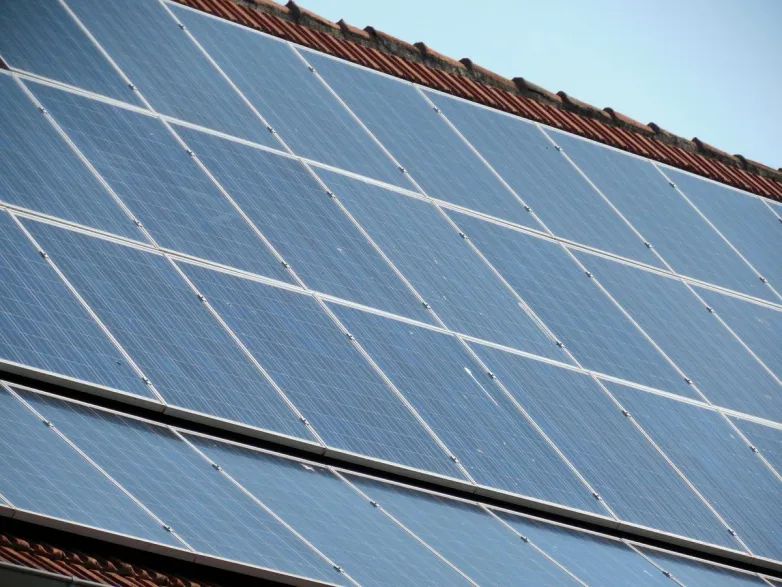Net-metered rooftop PV on the rise in Malaysia
- Sustainable Energy Development Authority figures show the country saw around 94 MW of new rooftop generation capacity added in the first 11 months of last year. That compares to less than 14 MW in the previous three years.

Malaysia’s Sustainable Energy Development Authority (Seda) has reported total net-metered PV capacity reached 108 MW at the end of November.
The organization said the lion’s share of the figure – 94.14 MW – was deployed in the first 11 months of last year alone. That new project rush came after Malaysia added just 10 kW of rooftop solar in 2016, 2.33 MW in 2017 and 11.53 MW in 2018.
Industrial installations account for 75.01 MW of the country’s rooftop generation capacity, with commercial arrays adding a further 25.18 MW. Residential systems added up to 7.67 MW to the end of November and 130 kW of agricultural projects completed the aggregate figure.
To qualify for net metering credits for excess electricity exported to the grid, residential systems must have a generation capacity no larger than 12 kWp – for single-phase systems – and 72 kWp for three-phase installations. Commercial and industrial arrays can be either up to 1 MWp or capable of supplying 75% of estimated demand, whichever is lower.
One-for-one
The growing popularity of net metering, according to Seda, is down to the Net Energy Metering 2.0 program, which permits the sale of excess power to the grid on a one-for-one basis versus grid power kilowatts consumed. Under the previous regime, exported energy carried less value than consumed grid power. “This has managed to reduce the period for return of investment to a mere three years, especially for commercial and industrial installations, which [have] also benefited from the various tax incentives given by the government,” said the authority.
However, the popularity of net metering still appears unlikely to be sufficient to achieve Malaysia’s target of hitting 500 MW of generation capacity in the segment this year.
Net metering replaced a feed-in tariff incentive scheme in January 2016. In May 2017, Malaysia made the system more attractive. At the end of 2018, the country had around 438 MW of installed solar generation capacity, according to the International Renewable Energy Agency.
Also read


